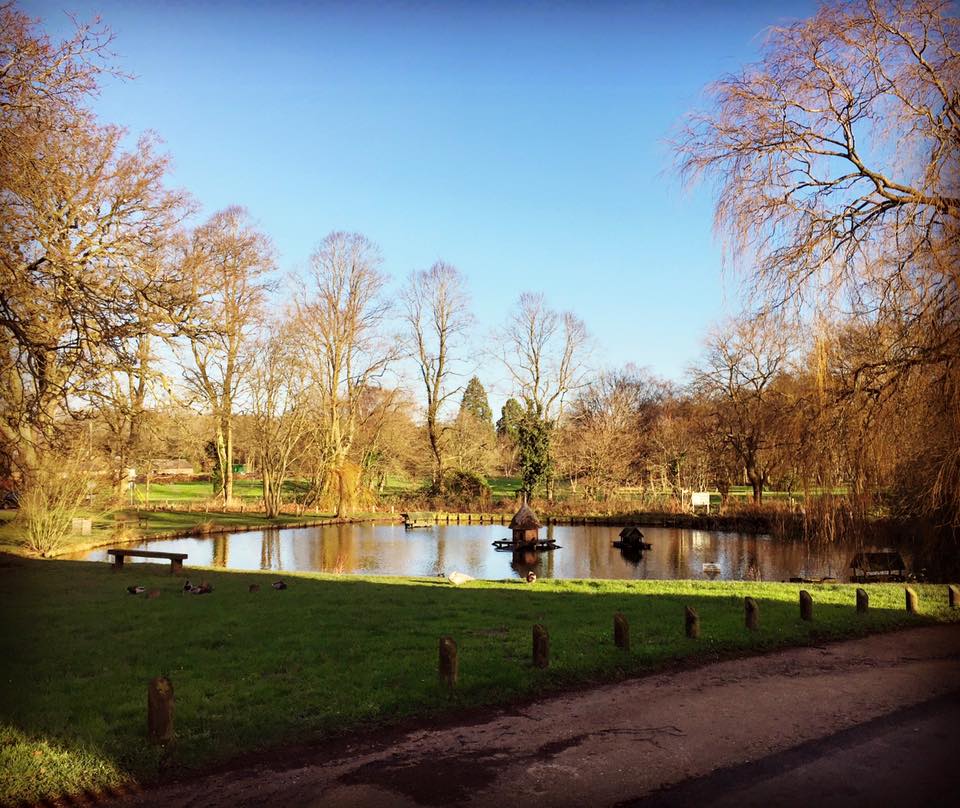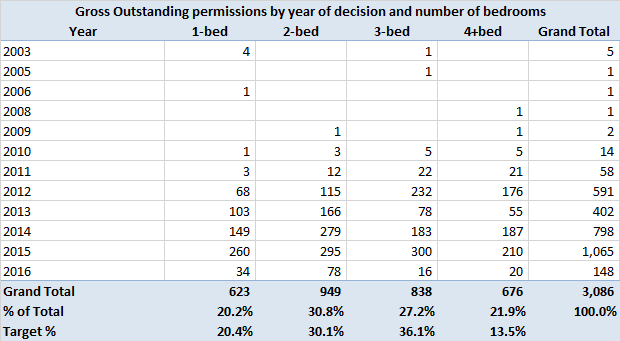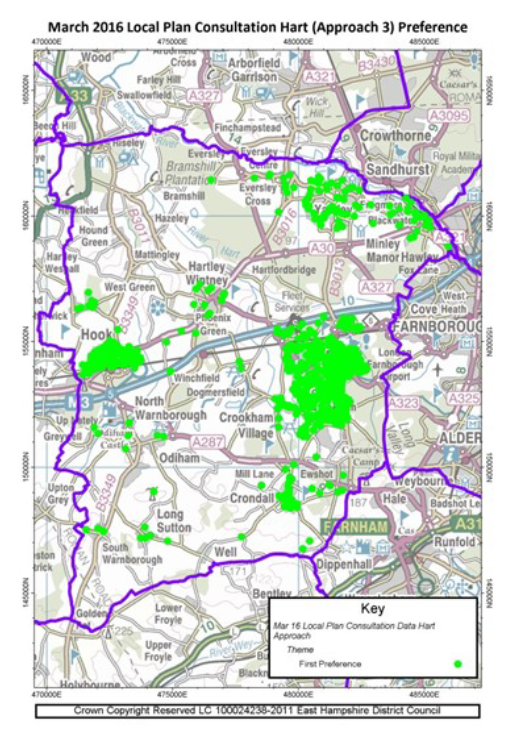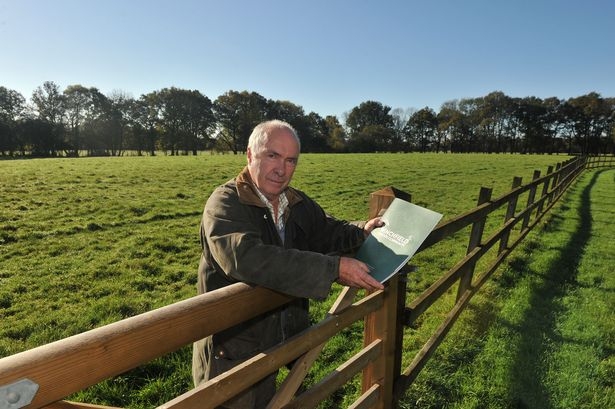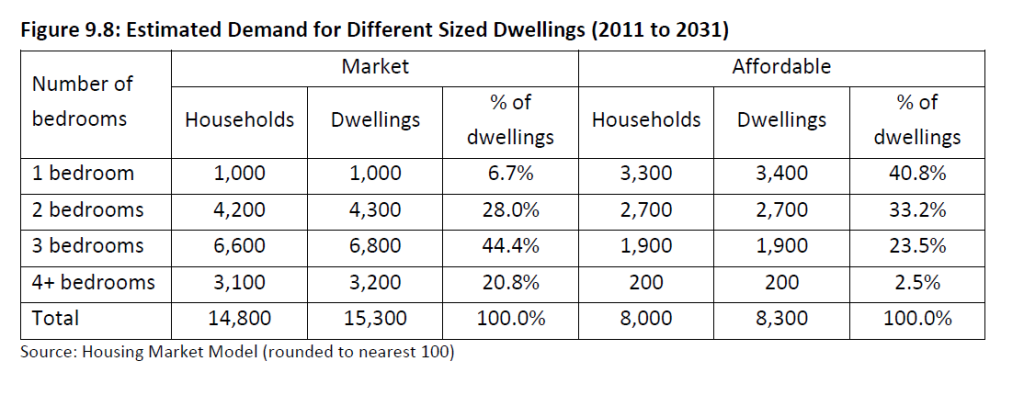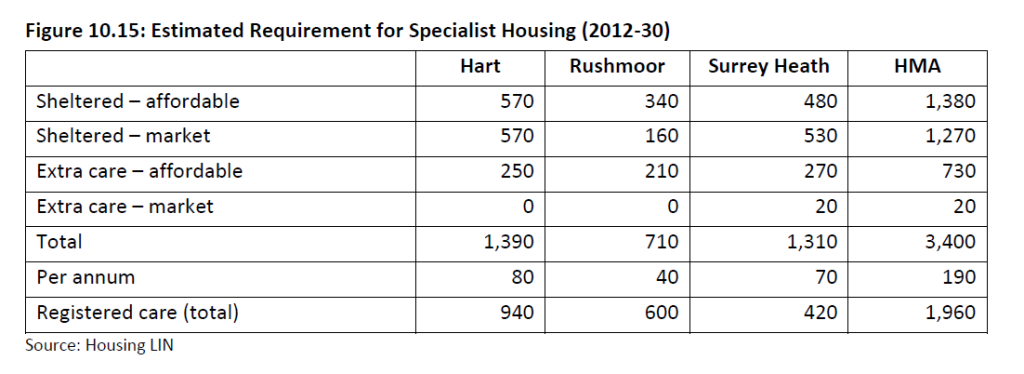
FACE IT have been quoted in this week’s Fleet News & Mail, claiming that the “urban extension option may sound like a ‘brownfield’ solution but would actually mean an extra 2,173 homes being built on green fields in Fleet and Hook”.
It does appear that all of the efforts they have put into their campaign around the Hart Council’s Housing Option Consultation has exhausted them to such an extent that they now misunderstand the difference between types of development because nobody is arguing that urban extensions are somehow brownfield development in disguise.
They make spurious claims about school places, after making up their own estimate of how many extra school places might be required without doing a proper population projection. Note that Hampshire County Council have not put in place any plans beyond 2018, are forecasting a surplus of secondary school places at that time and a reduction in the birth rate as well as admitting that Hart schools are educating many children from outside the district.
They also make some claims about the scale of development that has occurred in Fleet, Church Crookham and Hook and about how many houses would end up being built around Fleet and Hook under each of the options Hart has put forward. It is not clear where they get their numbers from, because they don’t tally with the figures we put together.
However, nobody would dispute that Hook in particular has seen a big rise in housing in both absolute and relative terms. But what we find difficult to understand is why Hook’s Neighbourhood Planning team and Parish Council are advocating the new town option as their first choice which would deliver more than 1,800 houses in Hook Parish and effectively coalesce Hartley Wintney, Winchfield and Hook into a giant conurbation that might be named Hartley Winchook. This is more houses than the urban extension they oppose (730 houses), more than the dispersal option put forward by Hart Council (204 houses) and more than the brownfield solution put forward by We Heart Hart (only 57 new dwellings to be permitted).
FACE IT rightly say that the combination of Fleet, Church Crookham, Elvetham Heath and Ewshot (greater Fleet) has seen a lot of new housing in absolute terms over recent years. However, this is only part of the story as all parts of the district have seen significant development. When you look at the amount of new housing in proportion to size, the percentage increase for greater Fleet over the planning period of 2011-2031 is forecast to be around 17% for the dispersal and urban extension options and 14% with the new town option. This is below the average for the whole district at 21%, 18% and 18% respectively for each option and well below the percentage increases for places like Hartley Wintney which is forecast to see 34%, 39% and 21% increases for each of the options put forward by Hart.
The brownfield option that We Heart Hart has put forward has the potential to meet all of the remaining housing need and results in a more balanced distribution across the district in proportion to the size of existing settlements. Our solution would result in a 23% increase for the greater Fleet area, 22% for Hartley Wintney and 27% for the smaller parishes that include Winchfield.
The proposed densities in the brownfield option are not at all demanding, with an average density on the SHLAA sites of around 25 dwellings per hectare. The proposed densities on the vacant office blocks are no different to some developments that Hart has already permitted on Fleet Road, such as the new McCarthy and Stone development. Our proposals do not include Pyestock (aka Hartland Park), which could deliver even more houses on brownfield sites into the future if Hart Council is successful in reallocating that site for housing.
We do agree with FACE IT, that we need to take a strategic view of the future, but we disagree on what that strategic vision might be. In our view, continuing to concrete over green fields equivalent to 25 football pitches each year is not at all sustainable and our children and grandchildren would not thank us for doing that.
The advantages of a brownfield solution are:
- It preserves the very countryside that makes Hart such a great place to live,
- Produces a greener solution, making better use of existing infrastructure and more efficient housing,
- Delivers more of the smaller, more affordable housing of the types that we need to meet the needs of our young people aspiring to gain a foothold on the housing ladder,
- Delivers more specialist accommodation for the elderly in the right places for them as well as freeing up larger properties for growing families,
- Delivers infrastructure funding to existing communities where there is currently a £78m funding deficit
- Lower risk of delivery because it is spread across a large number of sites with multiple developers
Of course, the new town proposal that is in the consultation has been undergoing testing for over a year now, and has identified a number of significant barriers including education, transport and foul water drainage. The costs of the infrastructure required for a new town are astronomical and would never be met by developer contributions. If Hart were to choose the new town option, it runs the risk of not passing inspection because infrastructure delivery could not be guaranteed.
We hope that the new Strategic Housing Market Assessment, (SHMA) when it is eventually delivered in June will result in a lower housing target for Hart, Rushmoor and Surrey Heath. But until then, the threat of Hart having to build 3,000 for those districts is very real. Support for a new town will create capacity to build these extra houses which will mean we will end up with the worst of all worlds, a new town, urban extensions and dispersal across the district.
So, we urge all residents of Hart to reject a new town, reject urban extensions and get behind a brownfield solution and give Hart Council further encouragement to step up their efforts in this regard by responding to the consultation and putting support for a brownfield solution in the comments.
We have created a dedicated consultation page and updated our two guides to responding to the consultation that are available on the downloads below. The comments are designed to be cut and pasted into the boxes provided. It will be very powerful if you could edit the comments into your own words. Please do find time to respond to the consultation and play your part in saving our countryside.
Full version:
Responses to Local Plan Consultation
2 Minute version:
Respond to Local Plan Consultation in 2 minutes
